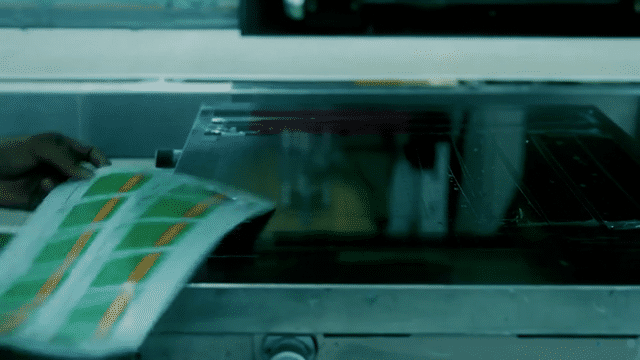
Silk Screen
Screen printing is a technique where a mesh is used to transfer ink onto a substrate, except in areas made impermeable to the ink by a blocking stencil. A blade is moved across the block screen to fill the open mesh apertures with ink, and a reverse stroke then causes the screen to touch the substrate momentarily along a line of contact. It is suitable for outdoor applications due to the thickness of ink about 8-12 microns per layer.
TTP has a ton of experience with Silk Screen printing, many options of substate Polymer film, metal, and glass can be used. We are also a leading Silk Screen printing company in Thailand. TTP has printed in clean rooms class 100,000 and 10,000.
Iso class 7 = FED class 10,000
Iso class 8 = FED class 100,000

Doming Resin
Doming resin is the combination of two chemicals that make emblems look clear and luxurious. A doming resin must sit in a dome on top of printing work without running down the sides.
In other words, a doming resin needs to be thick enough to let you bring it right to the edge of your piece without spilling over.
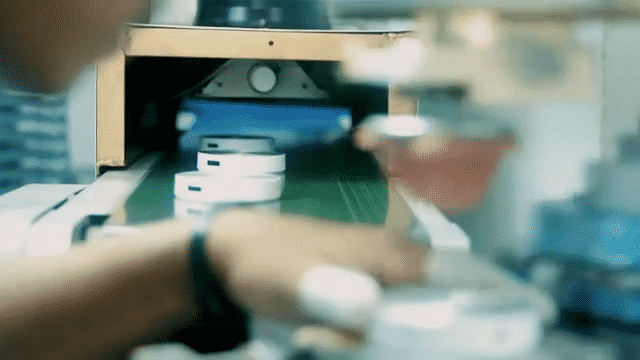
Pad Printing
Pad printing can print all kinds of products with difficult shapes such as curved (convex), hollow (concave), cylindrical, spherical, compound angles, textures, etc. which were not available with traditional printing methods.
Pad printing is a printing process in which a silicone pad takes a 2D image of a laser-engraved (engraved) printing plate (also called a cliché) and transfers it to a 3D object. The thickness is about 2 to 4 microns.
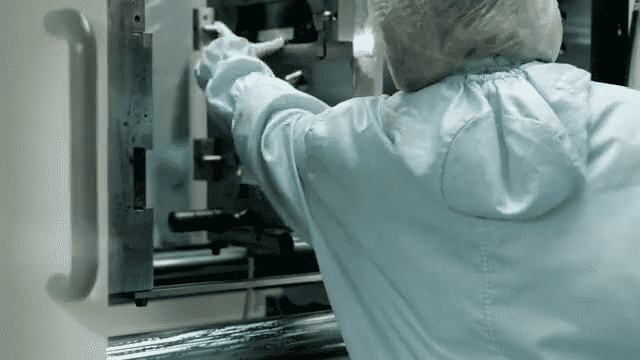
Injection
It is a speedy production process, which permits the production of high quantities of the same plastic product in a short time frame. The high-performance qualities of plastic materials able to resist high temperatures are replacing the metals which are traditionally used in the production of plastics.
Plastic injection moulding is a well-used process in the production of plastic components.
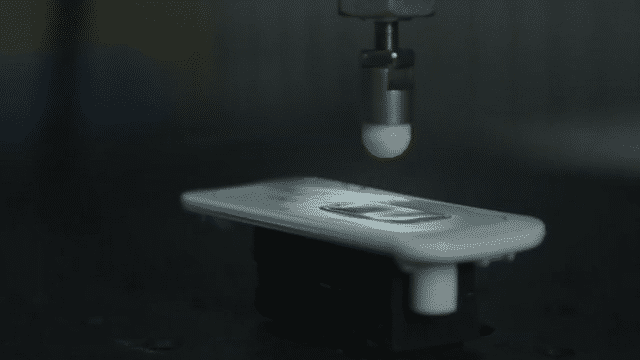
Embossing / Debossing
Embossing / Debossing are two techniques used to either impress or depress an image into materials which are PC, PET, and metal sheets. When a design presses below the surface of the paper, it is debossed. When it rises above the page, it is embossed.
Embossing is used to raise up the printing image. These materials can add clarity to a design or make an image more eye-catching. Images, accents, and texts all tend to look good with printing images. Adding an embossed logo to the outside of a product adds an attractive element of dimension and depth.
It is also an inexpensive way to make your product look a little more premium and high-end.
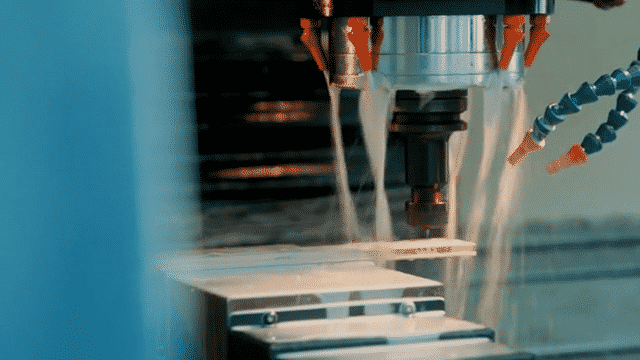
CNC 5-Axis (Milling)
Chemical milling is a high-precision process used to produce complex parts and components out of sheet metal.
In the chemical milling process, the artwork is applied on both sides of the material and is etched from both sides to cut all the way through the material.
